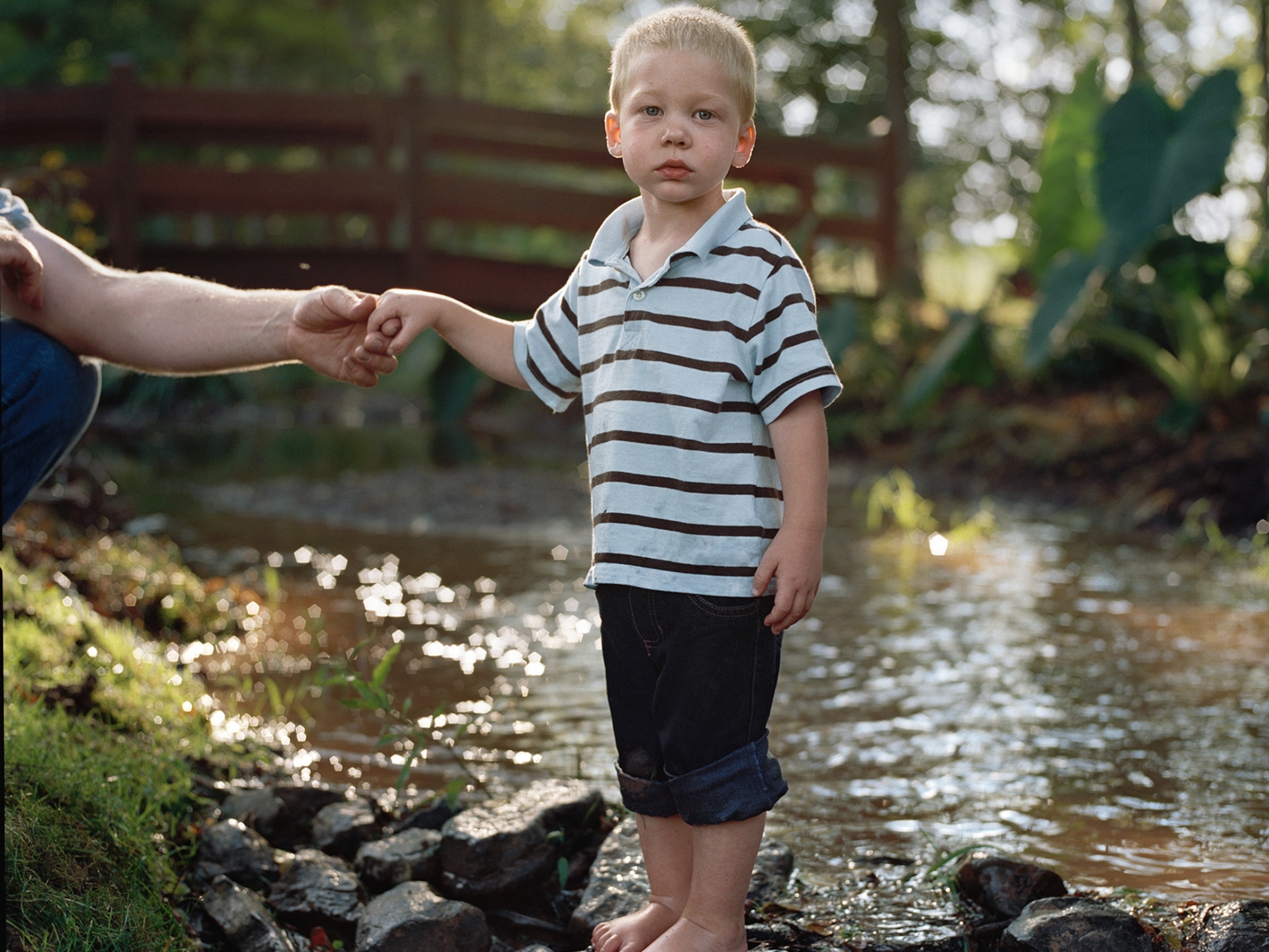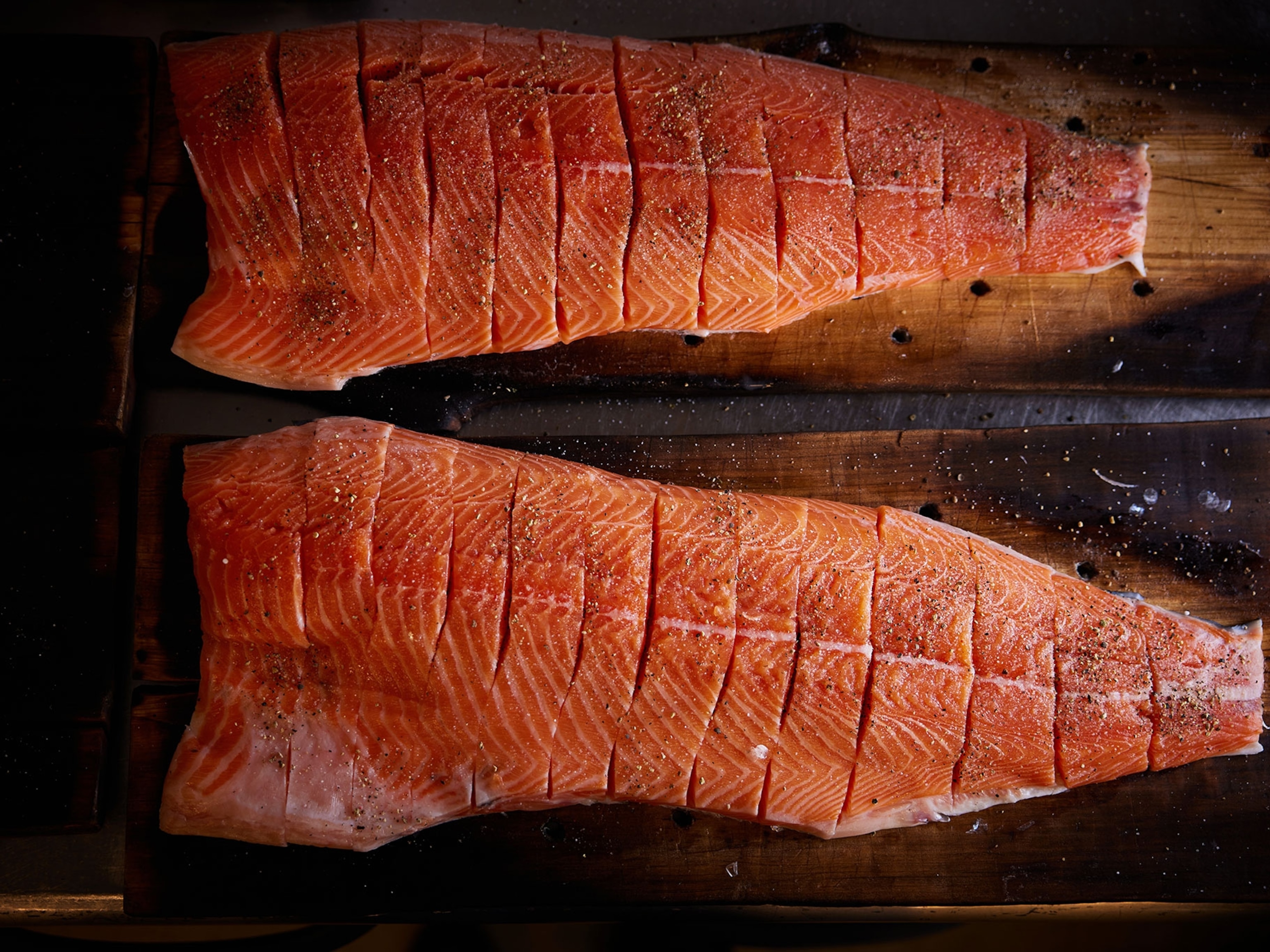
Pompeiians Flash-Heated to Death—"No Time to Suffocate"
Victims' lifelike poses among clues that ash was not the key killer, study says.
The famous lifelike poses of many victims at Pompeii—seated with face in hands, crawling, kneeling on a mother's lap—are helping to lead scientists toward a new interpretation of how these ancient Romans died in the A.D. 79 eruptions of Italy's Mount Vesuvius.
Until now it's been widely assumed that most of the victims were asphyxiated by volcanic ash and gas. But a recent study says most died instantly of extreme heat, with many casualties shocked into a sort of instant rigor mortis.
(Related: "Huge Vesuvius Eruption Buried Town 2,000 Years Before Pompeii.")
Volcanologist Giuseppe Mastrolorenzo and colleagues began by analyzing layers of buried volcanic ash and rock, then fed the data into a computer simulation of the Mount Vesuvius eruption.
They concluded that the volcano, some six miles (ten kilometers) from Pompeii, produced six different pyroclastic surges—fast-moving, ground-hugging waves of hot, toxic gases and ash (aerial picture of Pompeii ruins).
Most of the hundreds of fatalities occurred during the fourth surge—the first to reach Pompeii—even though that surge was relatively slow and ash-poor.
Ash-deposit analysis and computer simulations of the surges suggest that Pompeii was at the edge of the flows' reach. That would mean the fourth surge "was too weak to wreck buildings," Mastrolorenzo, of the Italian National Institute for Geophysics and Volcanology, told National Geographic News.
The surge also carried relatively little ash, leaving behind a sediment layer only about an inch (three centimeters) deep, previous sediment measurements have shown.
But during the surge "temperatures outdoors—and indoors—rose up to 300°C [570°F] and more, enough to kill hundreds of people in a fraction of a second," said Mastrolorenzo, who led the study, published in the June 2010 issue of the journal PLoS ONE.
Among the evidence for such fatal temperatures are the team's bone studies. In a lab the researchers heated bone samples of freshly dead modern-day humans and horses, then compared the results to those seen in bones of Pompeiian victims of Vesuvius. Specific patterns of color and cracking in the ancient bones, among other features, "proved they were exposed to extreme heat," he said.
In addition, other reports have cited the melting of Pompeiian lead-tin silverware, which occurs at about 480°F [250°C], and the telltale charring of wood objects and food as proof of the temperatures during the disaster, according to the new study.
(Also see "Fossil 'Pompeii' of Prehistoric Animals Named U.S. Landmark.")
And then there are those death postures. About three-quarters of the known Pompeii victims are "frozen in suspended actions" and show evidence of sudden muscle contractions, such as curled toes, the study says.
"Heretofore archaeologists misinterpreted them as people struggling to breathe and believed they died suffocated by ashes," Mastrolorenzo said. "Now we know that couldn't be."
Because of the extreme heat, "when the pyroclastic surge hit Pompeii, there was no time to suffocate," he said. "The contorted postures are not the effects of a long agony, but of the cadaveric spasm, a consequence of heat shock on corpses."
More on Pompeii





